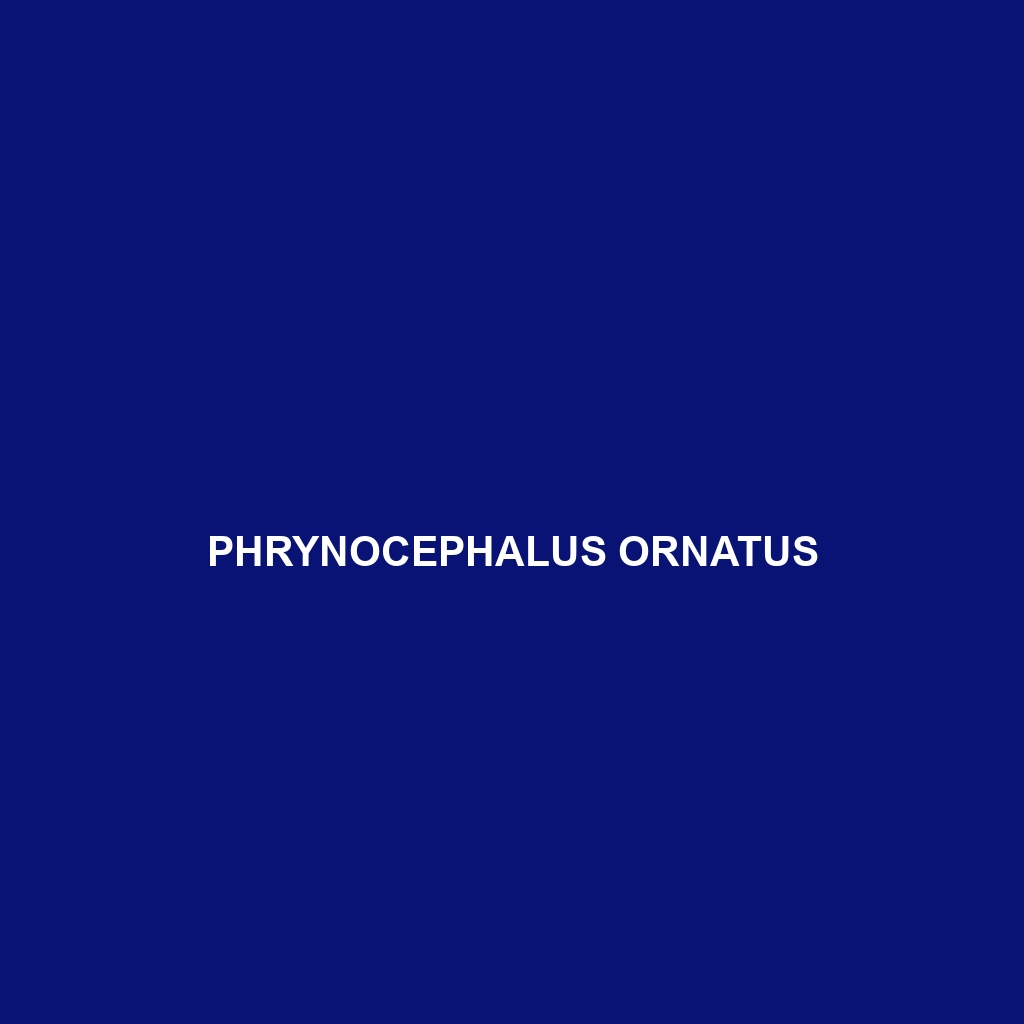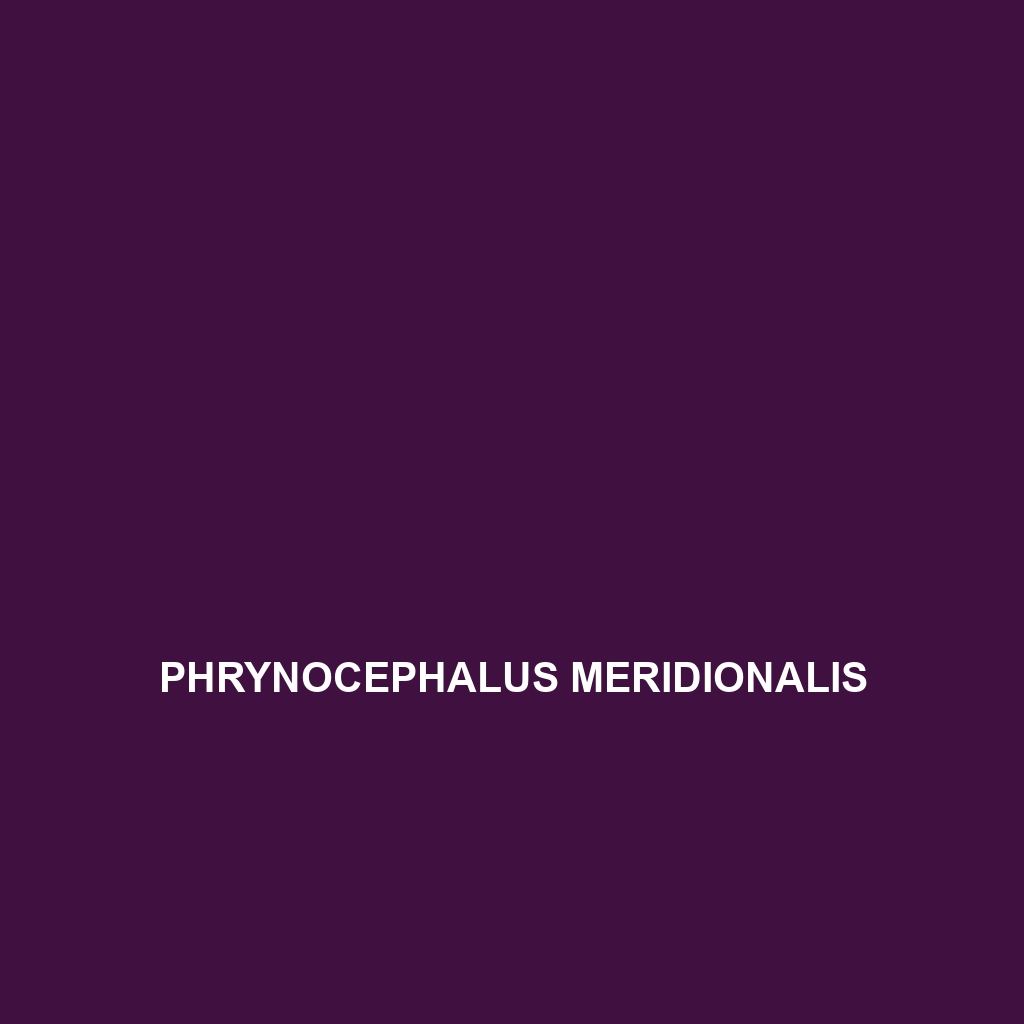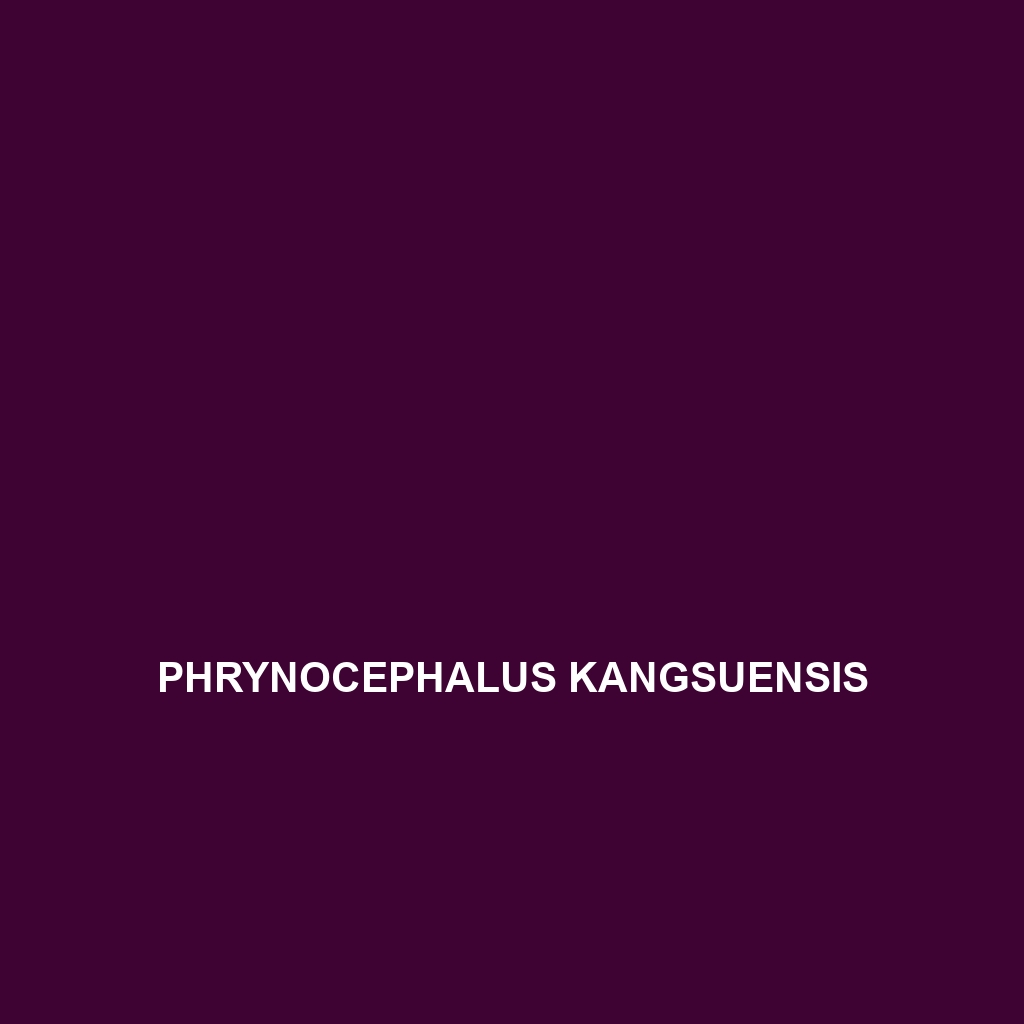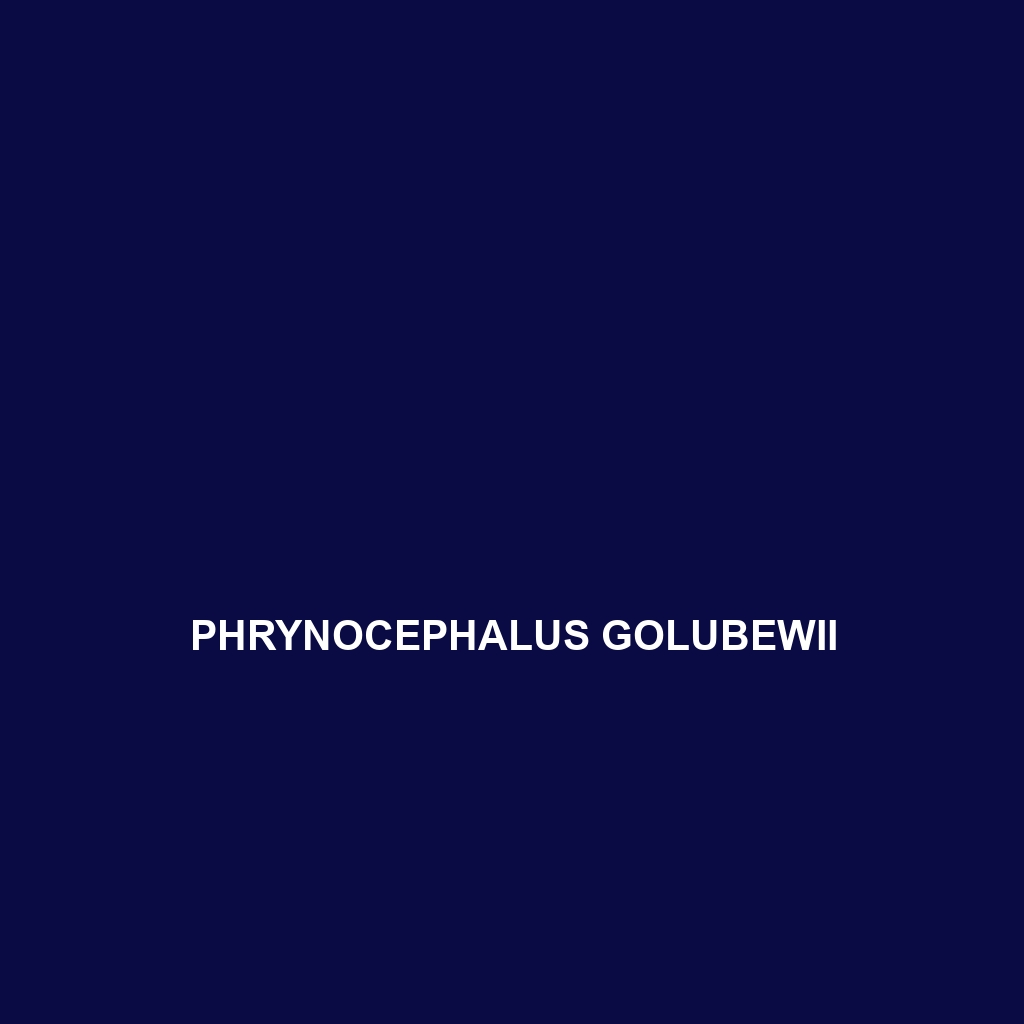Phrynocephalus ornatus, commonly known as the ornate toad-headed agama, is a resilient lizard native to the arid deserts and steppes of Central Asia. Known for its flattened body, vibrant coloration, and distinctive spade-like snout, this insectivorous species showcases unique behaviors and plays a vital role in its ecosystem, controlling insect populations while serving as prey for larger predators.
Tag: Central Asia reptiles
Phrynocephalus mystaceus
Discover the <b>Moustached Dragon</b> (<i>Phrynocephalus mystaceus</i>), a resilient desert lizard from Central Asia, known for its striking yellowish-brown coloration, distinctive throat spines, and insectivorous diet. With its unique adaptations for life in arid environments, this species plays a vital role in maintaining the ecological balance while showcasing fascinating behaviors such as territorial displays and ambush hunting.
Phrynocephalus meridionalis
<p>Discover the <b>Southern Pygmy Gecko</b> (<i>Phrynocephalus meridionalis</i>), a small, agile lizard found in arid regions of Central Asia, known for its remarkable adaptability, unique leaf-shaped tail, and distinctive mating rituals. Thriving in rocky terrains, this insectivore plays a crucial role in regulating local insect populations and maintaining ecological balance.</p>
Phrynocephalus kulagini
<p>The <b>Phrynocephalus kulagini</b>, or Kulagin's toad-headed agama, is a diurnal lizard native to arid regions of Central Asia, featuring a unique flattened body and broad head, allowing it to camouflage and burrow in sandy environments. Primarily insectivorous, these lizards play a vital role in controlling insect populations and maintaining ecological balance.</p>
Phrynocephalus kangsuensis
Discover the fascinating Phrynocephalus kangsuensis, or Kangsu toad-headed agamid, a remarkable reptile thriving in the arid regions of Central Asia. This insectivorous species is known for its unique physical traits, including a flattened body for burrowing, striking coloration for camouflage, and a critical role in controlling insect populations in its desert ecosystem.
Phrynocephalus golubewii
Introducing the Phrynocephalus golubewii, or Golubew's toad-headed agama, a captivating lizard native to the arid regions of Central Asia, known for its distinctive sandy beige to light brown coloration and remarkable adaptations for survival in harsh desert environments. This insectivorous species showcases a fascinating blend of unique physical traits and behaviors, making it a vital part of its ecosystem.
Phrynocephalus forsythii
Forsyth's Lizard (<i>Phrynocephalus forsythii</i>) is a robust insectivore native to the arid regions of central and western Asia, known for its excellent camouflage and ability to thrive in rocky and sandy habitats. This diurnal species displays intriguing social behaviors and plays a crucial role in maintaining the ecological balance as both a predator and prey.
Phrynocephalus clarkorum
Introducing the remarkable Phrynocephalus clarkorum, a moderate-sized lizard native to the rocky desert landscapes of Central Asia. This diurnal insectivore exhibits unique camouflage abilities, fascinating behaviors, and plays a vital role in its ecosystem by controlling insect populations.
Phrynocephalus ananjevae
<b>Phrynocephalus ananjevae</b> is a striking lizard native to the arid regions of Central Asia, characterized by its flattened, oval shape and distinctive sandy beige to light brown coloration for effective camouflage. This diurnal insectivore plays a crucial role in its ecosystem by controlling insect populations and demonstrates unique adaptations to thrive in harsh environmental conditions.
Paralaudakia microlepis
The Paralaudakia microlepis, known as the microlepis rock lizard, is a slender, diurnal reptile native to the arid regions of Central Asia, featuring a brown or gray coloration with distinctive lighter stripes. Primarily insectivorous, this lizard plays a vital role in its ecosystem by regulating insect populations and serving as prey for larger predators.









